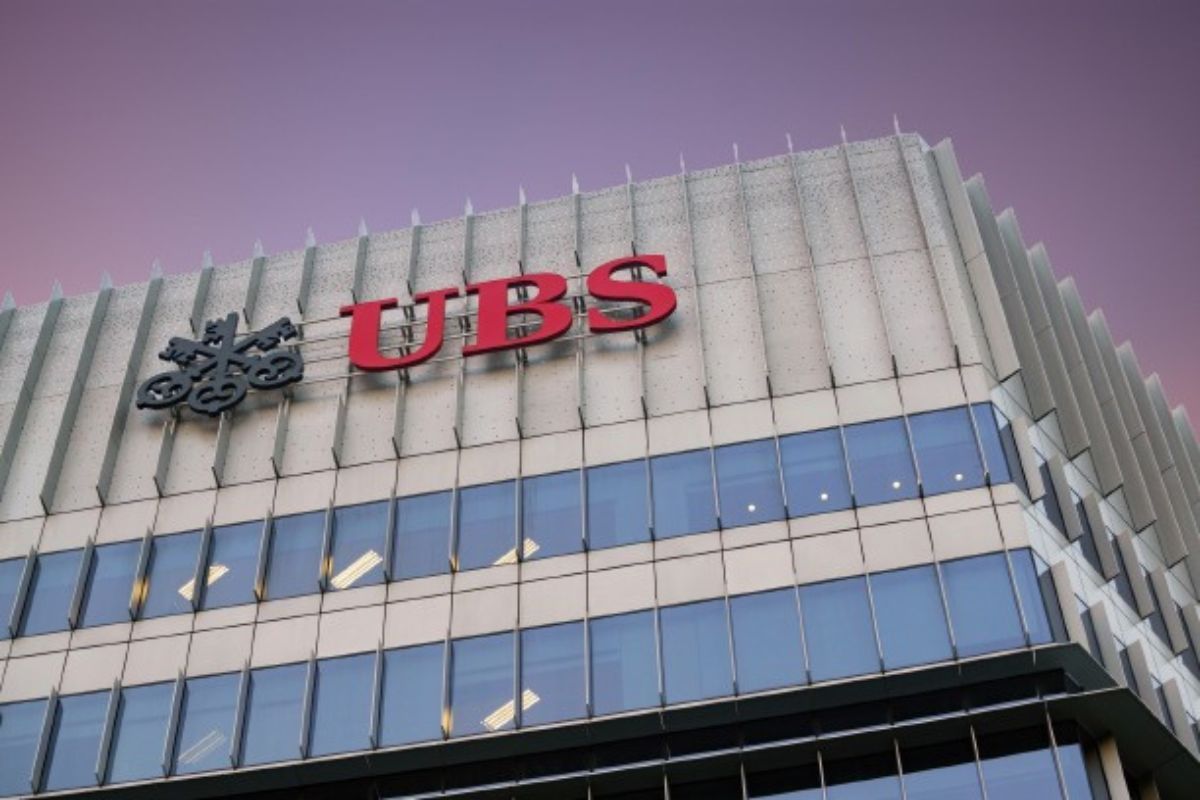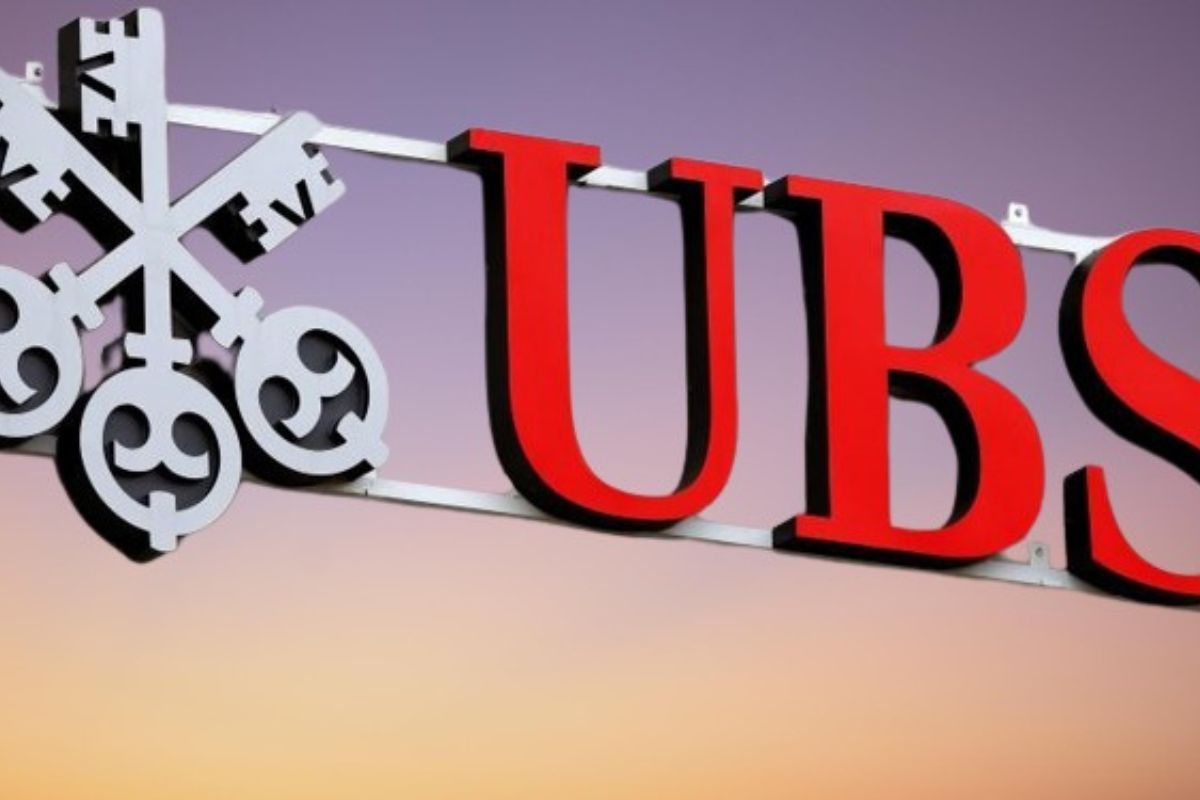UBS Resumes Share Buybacks: As UBS resumes share buybacks and sets its sights on substantial cost savings in the integration of Credit Suisse, the bank is demonstrating its strategic resilience amidst a challenging financial landscape. With ambitious targets and a focus on achieving financial milestones, UBS is positioning itself as a force to be reckoned with in the banking industry.
However, the path to achieving these goals is not without its challenges, as the integration of Credit Suisse brings about the need for strategic cost savings and careful navigation of regulatory scrutiny. In this ever-evolving environment, UBS’s long-term growth commitment and its three-year strategy will be put to the test.
Stay tuned to uncover the details of UBS’s plan and the potential impact on its balance sheet.
Key Takeaways
- UBS demonstrates strategic resilience by successfully navigating the challenges of integrating Credit Suisse and achieving a net profit of $29 billion for the full year.
- UBS’s confidence in their ability to manage the integration process is showcased by the resumption of share buybacks, with up to $1 billion slated for 2024.
- UBS aims to achieve $13 billion in cost savings by the end of 2026, highlighting their determination to streamline operations and maximize efficiency.
- UBS’s long-term growth commitment is evident through their three-year strategy, which aims to increase invested assets to $5 trillion by 2028 and attract $200 billion in net new assets per year.
Strategic Resilience: UBS Charts Course Amidst Q4 Loss
Despite facing a smaller-than-expected Q4 loss, UBS demonstrates strategic resilience by charting a course towards sustained growth amidst the challenges posed by integrating Credit Suisse.
Also Read: AI Revolutionizes Workplaces: Navigating Changes in Hiring and Staffing
This resilience is evident in UBS’s ability to achieve a net profit of $29 billion for the full year, despite the costs associated with the merger. The bank’s decision to resume share buybacks, with up to $1 billion slated for 2024, further showcases their confidence in their ability to navigate the integration process and position themselves for future success.
UBS’s strategic resilience is a testament to their ability to adapt to changing market conditions and leverage their strengths to overcome obstacles. This approach not only ensures their own growth but also positions them as a leader in the banking industry.
Ambitious Targets and Financial Achievements
UBS’s relentless pursuit of ambitious targets and impressive financial achievements solidify its position as a frontrunner in the banking industry, showcasing their unwavering determination to drive growth and deliver exceptional results.
The bank sets its sights on expanding its wealth management arm, aiming to increase invested assets to $5 trillion by 2028, a significant jump from the current $3.85 trillion. This ambitious target demonstrates UBS’s confidence in its ability to attract and retain high-net-worth clients.
Furthermore, despite a pretax loss in the investment bank, UBS reports a positive quarter thanks to the wealth management division’s net new money of $22 billion in Q4. Leveraging gains from the Credit Suisse acquisition, UBS achieves a net profit of $29 billion in 2023, further solidifying its financial prowess and strategic acumen.
With such impressive achievements and clear targets in place, UBS continues to assert its dominance in the banking industry.
Strategic Cost Savings and Integration Challenges
The successful integration of Credit Suisse poses both strategic cost savings opportunities and complex challenges for UBS. On one hand, UBS has outlined a robust cost-saving strategy, aiming for $13 billion in savings by the end of 2026, a significant increase from the previous target of $10 billion. This demonstrates UBS’s determination to streamline operations and maximize efficiency.
However, the integration process comes with its own set of hurdles. The need to integrate IT systems and legal entities presents a complex task that requires careful planning and execution. Additionally, the announcement of job cuts, including 1,000 in Switzerland by year-end and 2,000 in the coming years, highlights the challenges UBS faces in aligning the workforce and managing the integration process smoothly.
| Opportunities for UBS | Challenges for UBS |
|---|---|
| Robust cost-saving strategy | Integration of IT systems |
| Target of $13 billion in savings | Integration of legal entities |
| Streamlining operations | Workforce alignment |
| Maximizing efficiency | Managing the integration process smoothly |
Long-Term Growth Commitment: UBS’s Three-Year Strategy
UBS’s ambitious three-year growth strategy underscores the bank’s unwavering commitment to long-term expansion and enhanced profitability. With a clear focus on increasing invested assets and attracting new clients, UBS aims to reach $5 trillion in invested assets by 2028. This ambitious target demonstrates the bank’s determination to solidify its position as a leading wealth manager and asset manager globally.
UBS also plans to attract $200 billion in net new assets per year, signaling its confidence in sustained growth. The resumption of share buybacks and an increased dividend further demonstrate UBS’s commitment to delivering value to its shareholders.
Regulatory Scrutiny and Balance Sheet Focus
As UBS pursues its ambitious three-year growth strategy, concerns arise about potential regulatory scrutiny and the focus on its balance sheet, which now exceeds $1.6 trillion, nearly double the size of Switzerland’s economy. UBS contends that focusing on the balance sheet is misleading, highlighting the substantial portion held in highly liquid assets and low-risk mortgages to retail and wealthy clients.
The decision to fully absorb Credit Suisse rather than listing it separately signifies a vast restructuring, with UBS emphasizing its commitment to optimizing combined businesses and driving growth amidst regulatory challenges.
| Concerns | UBS’s Response |
|---|---|
| Potential friction with regulators | UBS argues that its balance sheet mainly consists of highly liquid assets and low-risk mortgages |
| Balance sheet exceeding $1.6 trillion | UBS highlights the importance of considering the composition of the assets |
| Regulatory challenges | UBS demonstrates commitment to optimizing combined businesses and driving growth |
While UBS’s balance sheet size is undoubtedly significant, the bank’s focus on highly liquid assets and low-risk mortgages to retail and wealthy clients should alleviate concerns about its stability in the face of potential regulatory scrutiny. It is crucial to consider the composition of the balance sheet rather than just its size.
UBS’s decision to fully absorb Credit Suisse showcases its determination to restructure and optimize operations amidst regulatory challenges. By integrating the businesses, UBS aims to generate substantial cost savings and unlock synergies, ultimately fueling its growth strategy. As UBS navigates this complex landscape, its commitment to regulatory compliance and driving innovation will be pivotal in ensuring its long-term success.
UBS’s decision to resume share buybacks and focus on substantial cost savings in the integration of Credit Suisse demonstrates their strategic resilience. Despite a Q4 loss, UBS has set ambitious targets and achieved financial milestones.
However, the road ahead is not without challenges, as they navigate integration complexities and regulatory scrutiny. UBS’s three-year strategy emphasizes long-term growth commitment, while maintaining a focus on the balance sheet.
Overall, UBS’s approach is opinionated, insightful, and controversial, shaping the future of the banking industry.




